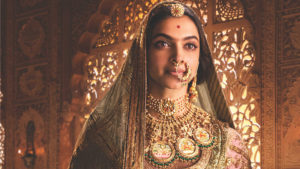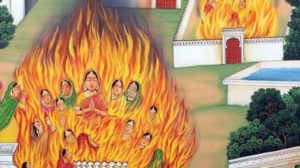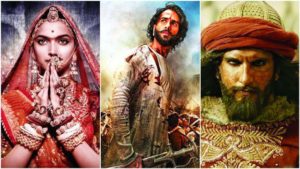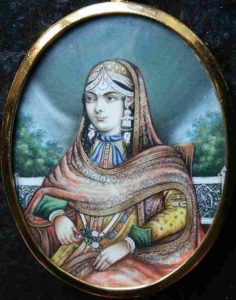Padmavati’s fury!

By Sudha Kumar
Sanjay Leela Bhansali’s Bollywood Hindi film ”˜Padmavati’s release is postponed. Bounties and beheadings! The fury and violence unleashed by ”˜Padmavati’ is unprecedented.

So what is Padmavati all about? Rani Padmini was a Singhala Princess who Rawal Ratan Singh (Raja Ratan Sen) of Chitthor, Rajasthan, married in the 12th century. Allauddin Khilji (1250-1316AD) of the Delhi Sultanat, among his various conquests attacked Chitthor in 1303 AD and laid an eight-month long siege outside the Chitthorgarh Fort. Eventually the fort was penetrated by Khilji’s men, and the Rajput women in an act of defiant valour committed ”˜jauhar’ (self- immolation). Their courageous act in protecting their honour and sacrifice has been kept alive by folk lore and bards through eons. As such Rani Padmini and the ”˜jauhar’ thrives in the collective memory of the people of Rajasthan, the Rajputs in particular. This is history.

About two hundred and fifty years later, in AD 1550s a Sufi poet, Malik Mohammed Jayasi wrote a ballad ”˜Padmavat’ depicting the unparalleled beauty of Rani Padmini of Chittor. Literature of that period is suffused with alliterations, metaphors and imaginative personifications. In it there is mention of Khilji’s want of Rani Padmini, her refusal and eventual agreement (on the persuasion of her husband) to let Khilji have a glimpse of her reflection in a mirror. There is no further historical evidence to corroborate this. It is a piece of literature not necessarily based on historical evidence. It is said that the locals do not believe this story. Contemporary historians have reached a consensus that this is not a chronicle of history and so not a primary source of information. Suffice to say that Jayasi certainly took poetic licence.

Regardless of whether Sanjay Leela Bhansali’s ”˜Padmavati’ is historical fact, documentary or fiction, it is a work of artistic creativity with considerable artistic licence. It is evident in the very opulence of the visual imagery in the trailer. Very similar to the poetic licence that Malik Jayasi took in describing Rani Padmini’s beauty.

If the movie has been formally declared to be a historical representation of facts, and the story is adapted and appropriated to the point of distorting the essence, and offending the sensitivities of what is held with greatest respect in the collective memory of a people, then the work warrants a relook. But does it? No one has seen the movie”¦ yet. And who decides what is the right limit for artistic licence? Not the Central Board of Film Certification for sure.
The fact is, in India, historical awareness to a reasonable extent happens through celluloid. It is the most easily and widely accessed source, and for that same reason filmmakers need to wear more responsibility. Having said that, the people also have a fair idea about what a Bollywood film is. More fantasy and less fact.
So then, is there no room in our country for artistic licence and freedom of creative expression?
Salman Rushdie’s ”˜Satanic Verses’ was banned because it offended the sensitivities of one small section, of a section of society. Same reason why artist M.F Hussain had to flee India. Artistic licence is evident in the appropriation of S. C Chattopadhyay’s ”˜Devdas’, Mughal-e- Azam and many more.
But as we saw with Deepa Mehta’s films – ”˜Fire’ and ”˜Water’, the fury that is unleashed today has little to do with the excesses of artistic licence. It has to do with the self-declared fringe force vigilantes, the ”˜moral police’ which bullies, intimidates, vandalises, incites emotional reaction, has no respect for artistic expression or diversity unless it is within the frame of their perspective, and is enabled by power. And when there is no response by the State, it is validated.
Or with elections around the corner is it simply the politicking of emotion?
Freedom of expression/speech is nothing if it does not have the ability to question, to challenge, to critique, to express and to offend. When one of the above becomes an offence, the state and then law of the land have a responsibility to act. Right now the person/s who called for beheadings, which is threat to life, should be challenged by the law. They should be stood down by organisations and parties that they represent. As the streets become more vitriolic with violent incitement, we arrive at a point where the creative mind instead of expressing, is pausing to reassess and ask ”˜should I pre-censor?’ thus conforming more than creating.
History across the time has shown that it is dangerous to be an intellectual or an artist in an environment where the rulers and fundamentalists have a shared interest in curbing the free expression of creativity.
Short URL: https://indiandownunder.com.au/?p=10197
